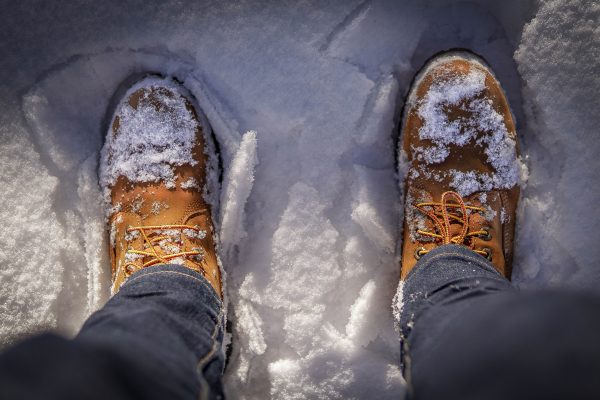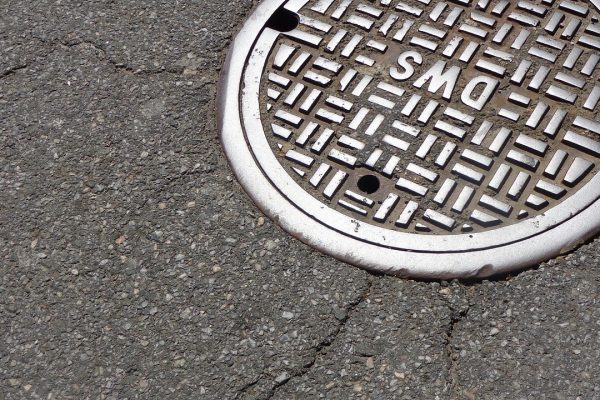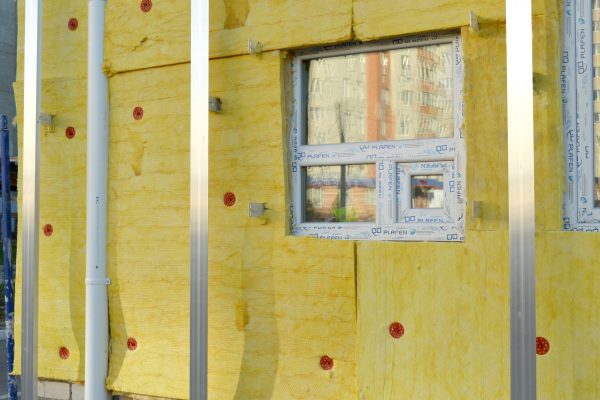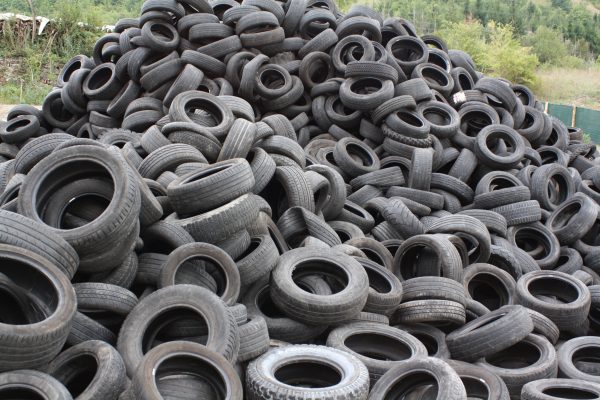Workers who are exposed to extreme cold may be at risk for cold stress. Cold stress includes cold-related illnesses and injuries such as: Frostbite Trench foot Chillblains Hypothermia
Quick Tips
Avoid direct contact with sewage- use appropriate PPE Thoroughly wash hands, face prior to eating, drinking or smoking Shower immediately after exposure Know the safety hazards associated with exposure to... read more →
Wear appropriate PPE, including respiratory, skin , head and eye protection Avoid eating, drinking or smoking while installing insulation Minimize the creation of hazardous dust by opening the package only... read more →
Workers' rights under OSHA include: The Right To Participate To be a part of the identification of safety hazards and concerns The Right to Know To know about any hazards... read more →
The Canadian Centre for Occupational Health and Safety lists the following as forms of violence: Threatening behaviour Verbal threats Written threats Harassment Verbal abuse Physical attacks
Make sure your log is legible Make sure to initial all changes made to the log Fill out city names completely- no short forms Complete daily!
Circle checks should be completed: At the beginning of your day prior to using the vehicle Before backing up When completing a circle check, look for: Operational lights and signals... read more →
Tires should be replaced when they are/have: Damaged Damaged valve caps Worn out Uneven tread wear Shallow tread According to experts, the average tire lasts approximately 5 years, depending on... read more →
Only used approved portable containers Remove all ignition sources, including running vehicles, from the area Place fuel containers on the ground while filling Fill the container no more than 95%... read more →
Establish a safety plan for work near water, prior to beginning work. This plan should increase: Emergency plans Safe work procedures Planning of work When working near the water, wear... read more →










